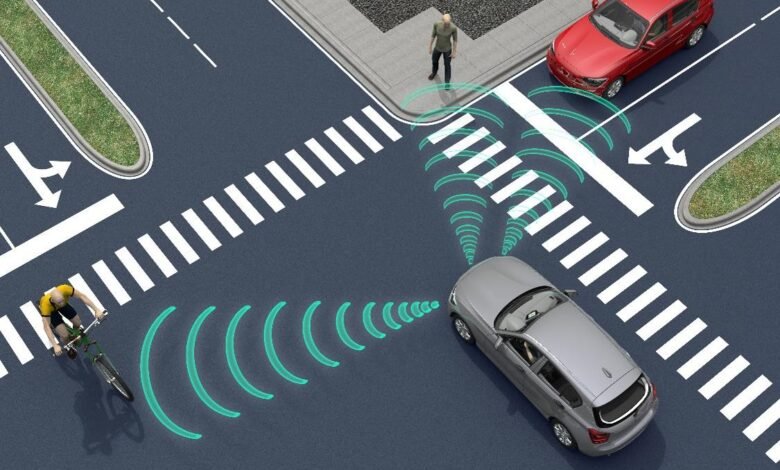Autonomous Vehicles: Are Self-Driving Cars Safe?

The safety of autonomous vehicles is a complex issue that merits careful examination. While advancements in self-driving technology aim to minimize human error, the reality is fraught with challenges. Inconsistent sensor performance and troubling incident reports can undermine public trust. As the landscape evolves, understanding the implications of these factors and the role of regulatory frameworks becomes crucial. What are the potential consequences for consumers as these vehicles become more prevalent?
The Evolution of Self-Driving Technology
As the demand for safer and more efficient transportation solutions has grown, the evolution of self-driving technology has emerged as a pivotal development in the automotive industry.
This advancement relies heavily on machine learning algorithms and sophisticated sensor technology, enabling vehicles to interpret their surroundings accurately.
Such innovations promise to transform mobility, offering individuals greater freedom while potentially reducing human error in vehicular operation.
Analyzing Safety Records and Incident Reports
Safety records and incident reports serve as critical indicators in evaluating the reliability of autonomous vehicles.
Through incident analysis, stakeholders can discern patterns and trends that inform safety metrics. These records highlight the performance of self-driving technology under various conditions, ultimately guiding regulatory frameworks and public perception.
A comprehensive assessment of these data points is essential for fostering trust in autonomous transportation.
See also: Exploring the Benefits of Open Source Technology
Challenges and Limitations of Autonomous Vehicles
While autonomous vehicles promise significant advancements in transportation, they also face a myriad of challenges and limitations that impede their widespread adoption.
Key issues include sensor reliability, where inconsistent performance can jeopardize safety, and ethical dilemmas surrounding decision-making in critical situations.
These factors complicate public trust and regulatory frameworks, ultimately hindering the integration of self-driving technology into everyday use.
The Future of Self-Driving Cars and Regulatory Considerations
The trajectory of autonomous vehicles hinges significantly on regulatory frameworks that will shape their development and integration into society.
As policymakers confront ethical implications surrounding safety and liability, a balance must be struck to foster innovation while protecting public interests.
Comprehensive regulations will guide manufacturers in addressing these concerns, ultimately influencing consumer acceptance and the successful deployment of self-driving cars within diverse environments.
Conclusion
As the journey of autonomous vehicles continues to unfold, the intersection of innovation and safety remains a critical focus. While advancements promise a horizon free from human error, the road is fraught with challenges that demand robust regulatory frameworks. Like a double-edged sword, the potential benefits of self-driving cars are counterbalanced by the inherent risks they pose. Ultimately, public trust will hinge on transparent safety records and a commitment to addressing ethical dilemmas in this transformative era of transportation.





